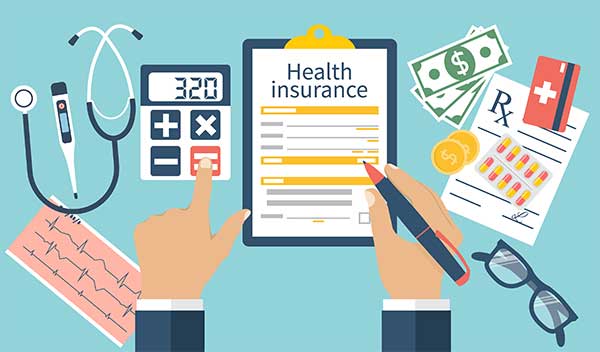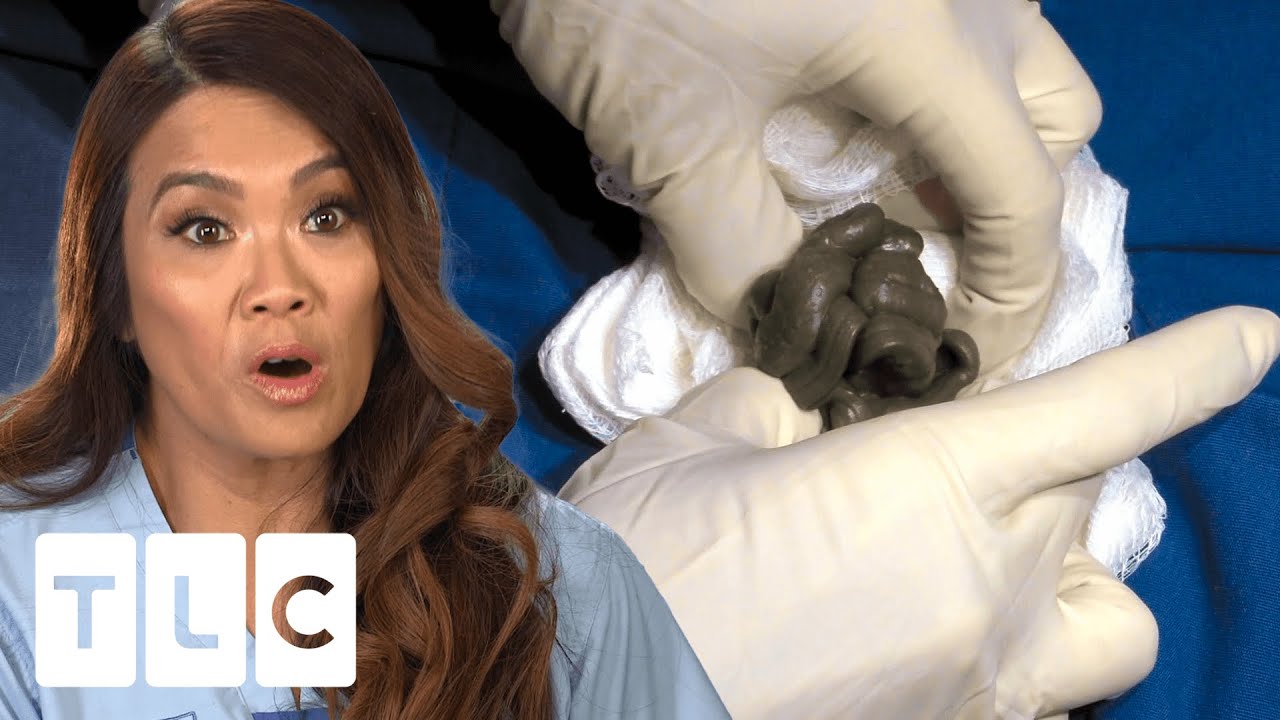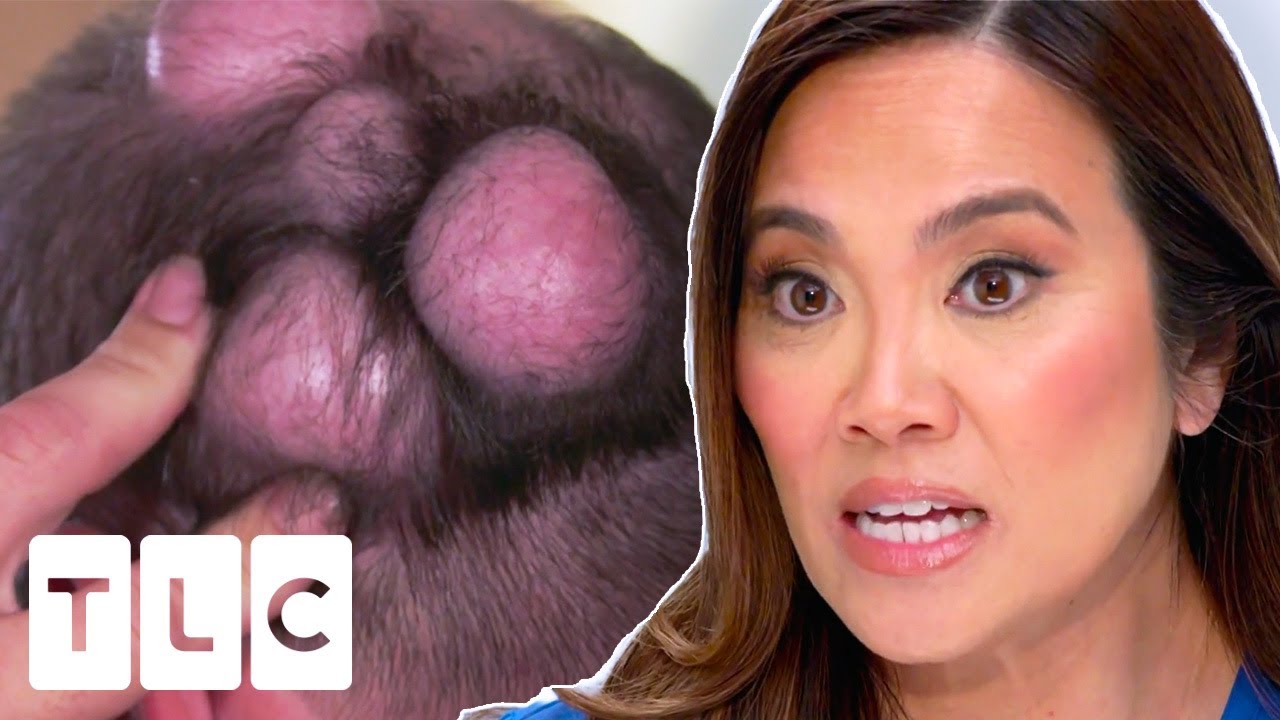
Health insurance is one of the most important investments you can make for both your financial security and overall well-being. Whether you’re young and healthy or facing ongoing medical conditions, having the right health insurance coverage is crucial in managing your healthcare costs. Unfortunately, navigating the complex world of health insurance can be confusing and overwhelming, with a wide range of options, terms, and plans to choose from.
In this comprehensive guide, we will explore the different types of health insurance, how it works, why it’s essential, how to choose the right plan, and the factors that affect your premiums. By the end of this article, you’ll have a solid understanding of how health insurance works, why it’s so important, and how to select the best policy for you and your family.
What is Health Insurance?
Health insurance is a contract between you and an insurance provider where the insurer provides financial coverage for medical and surgical expenses incurred by the policyholder. Health insurance can also offer coverage for other health-related services, such as mental health care, prescription medications, and preventive services like vaccinations and screenings.
There are two main types of health insurance:
- Public Health Insurance: This is government-funded insurance, such as Medicaid and Medicare in the U.S. These programs are typically available for low-income individuals, the elderly, or people with disabilities.
- Private Health Insurance: This is coverage provided by private companies or employers. It can be purchased through an employer, purchased individually, or obtained through the Health Insurance Marketplace (in countries where such exchanges are available, such as the U.S.).
Why Do You Need Health Insurance?
While it may seem like an additional expense, health insurance is one of the most important protections you can have. Here’s why:
1. Protection from High Medical Costs
Healthcare costs in many countries, especially in places like the United States, can be prohibitively expensive. A routine doctor’s visit, emergency treatment, or surgery can cost thousands of dollars without insurance. Health insurance protects you from these high costs by covering a portion of your medical expenses.
Even if you’re in good health, accidents, illnesses, or emergencies can happen unexpectedly. Health insurance ensures that you’re not financially overwhelmed by unexpected medical bills.
2. Access to Better Healthcare Services
With health insurance, you typically have access to a wider range of healthcare providers, hospitals, and specialists. Insurance plans often have networks of preferred providers, allowing you to see doctors and receive treatments at a lower cost than if you were paying out of pocket.
Health insurance also helps ensure timely medical care. Without insurance, many individuals may delay seeing a doctor due to cost concerns, which can lead to worsening health conditions. With insurance, you have greater access to both preventive and emergency care.
3. Preventive Care and Health Maintenance
One of the best benefits of health insurance is that it often includes coverage for preventive care. Regular screenings, vaccines, and checkups help detect health problems early, which can improve outcomes and reduce healthcare costs in the long run. Preventive care is usually covered by insurance with no out-of-pocket cost to you, which incentivizes taking proactive steps toward maintaining good health.
4. Mental Health Coverage
Many health insurance plans offer mental health services, including therapy, counseling, and prescription medications. Given the growing awareness of mental health issues, this aspect of coverage is incredibly important. Whether you need help managing stress, depression, or more severe mental health conditions, health insurance can help reduce the financial burden of therapy and treatment.
5. Prescription Drug Coverage
Health insurance policies often include coverage for prescription medications. This helps reduce the cost of drugs, which can be particularly important for people with chronic conditions that require ongoing medication. Without insurance, prescription drugs can become a significant financial burden, particularly for expensive medications.
Types of Health Insurance Plans
Health insurance comes in many different forms, with varying levels of coverage and different networks of providers. Here are the most common types of health insurance plans available to individuals and families:
1. Health Maintenance Organization (HMO)
An HMO is a type of health insurance plan that provides coverage only if you use doctors, hospitals, and clinics within the plan’s network. If you choose to see a provider outside the network, you will likely have to pay all of the costs yourself, except in emergencies.
Features of HMO Plans:
- You need a referral from a primary care physician (PCP) to see a specialist.
- Lower premiums and out-of-pocket costs.
- Strong focus on preventive care.
Pros:
- Typically lower premiums and out-of-pocket costs.
- Emphasis on preventive care.
- Easier to coordinate care since you have a primary care doctor.
Cons:
- Limited to a specific network of doctors and hospitals.
- Requires referrals for specialists.
2. Preferred Provider Organization (PPO)
PPO plans offer more flexibility than HMO plans. With a PPO, you can see any healthcare provider you choose, both in-network and out-of-network, although you will pay more for out-of-network care. There is usually no need for a referral to see a specialist.
Features of PPO Plans:
- Greater freedom to see out-of-network doctors, but at a higher cost.
- No referrals needed to see specialists.
- Higher premiums and out-of-pocket costs compared to HMO plans.
Pros:
- Flexibility to choose any doctor or specialist.
- No need for referrals.
Cons:
- Higher premiums and deductibles.
- Out-of-pocket costs are higher if you go out of network.
3. Exclusive Provider Organization (EPO)
An EPO is similar to a PPO but with stricter rules. You must use the plan’s network of providers for all non-emergency care. However, unlike an HMO, you don’t need a referral to see a specialist.
Features of EPO Plans:
- No referrals are needed to see specialists.
- Only in-network providers are covered (except in emergencies).
- Lower premiums than PPO plans.
Pros:
- No referrals needed.
- Typically lower premiums than PPO plans.
Cons:
- Limited to the insurance network for most services.
- Higher costs if you go out of network for care.
4. Point of Service (POS)
A POS plan combines features of HMO and PPO plans. Like an HMO, you’ll need a primary care physician (PCP) and need a referral to see a specialist. However, like a PPO, you can see out-of-network providers, but at a higher cost.
Features of POS Plans:
- Need a PCP to manage care.
- Requires referrals to see specialists.
- Coverage for out-of-network providers, but at a higher cost.
Pros:
- Allows some out-of-network care.
- Lower premiums than PPO plans.
Cons:
- Requires referrals to see specialists.
- Higher costs for out-of-network care.
5. High Deductible Health Plans (HDHP)
HDHPs are plans that have higher deductibles and lower premiums than traditional health insurance plans. They are often paired with Health Savings Accounts (HSAs) that allow you to save money tax-free for healthcare expenses.
Features of HDHP Plans:
- Higher deductibles and lower monthly premiums.
- Often paired with an HSA or FSA (Flexible Spending Account) to help with costs.
- Coverage typically starts after you meet the deductible.
Pros:
- Lower monthly premiums.
- Ability to save for healthcare expenses tax-free with an HSA.
Cons:
- Higher out-of-pocket costs before insurance starts to pay.
- May not be ideal for individuals who expect frequent medical care.
6. Catastrophic Health Insurance
Catastrophic health insurance is designed to protect you in worst-case scenarios, such as serious accidents or illnesses. It has low premiums and a very high deductible, meaning it covers only essential health benefits once you’ve reached your deductible.
Features of Catastrophic Insurance:
- Very low monthly premiums.
- High deductibles.
- Covers essential benefits after deductible is met, including hospitalization and emergency care.
Pros:
- Very low premiums.
- Provides financial protection in case of a serious accident or illness.
Cons:
- Doesn’t cover routine medical care or prescriptions.
- Only provides coverage after a high deductible is met.
How to Choose the Right Health Insurance Plan
Choosing the right health insurance plan can be overwhelming, but by considering your needs and priorities, you can make an informed decision. Here are some factors to help guide your choice:
1. Consider Your Healthcare Needs
Think about your current health status and any medical needs you may have in the future. Are you generally healthy, or do you have chronic conditions? Do you need regular prescriptions or specialist visits? Understanding your healthcare needs will help you determine which type of coverage is best for you.
2. Evaluate the Premiums and Deductibles
The premium is the amount you pay for your health insurance each month, while the deductible is the amount you pay out of pocket before your insurance kicks in. High deductible plans generally have lower premiums, but they may not be ideal if you expect to need a lot of medical care. On the other hand, low deductible plans tend to have higher premiums but may provide better coverage for frequent healthcare needs.
3. Look at the Network of Providers
Make sure that your doctors, specialists, and preferred healthcare facilities are included in the plan’s network. If you have specific doctors you want to see, check if the plan allows you to access them, especially if you’re choosing an HMO or PPO.
4. Check Coverage for Essential Services
Ensure that the plan covers essential services you need, such as prescription drugs, preventive care, mental health services,

